Nationality Florentine Parents Bartolomeo Pacioli Died 1517, Rome, Italy | Role Mathematician Name Luca Pacioli | |
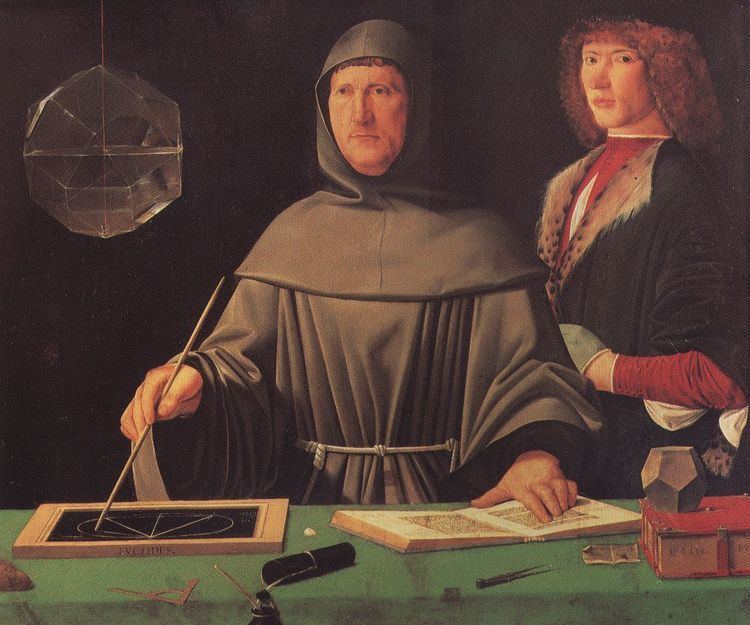 | ||
Books De divina proportione, Summa de arithmetica, Particularis de computis, De viribus quantitatis, De ludo scachorum Similar People Piero della Francesca, Jacopo de' Barbari, Leonardo da Vinci, Leon Battista Alberti, Niccolo Fontana Tartaglia | ||
Luca pacioli father of accounting
Fra Luca Bartolomeo de Pacioli (sometimes Paccioli or Paciolo; c. 1447–1517) was an Italian mathematician, Franciscan friar, collaborator with Leonardo da Vinci, and a seminal contributor to the field now known as accounting. He is referred to as "The Father of Accounting and Bookkeeping" in Europe and he was the first person to publish a work on the double-entry system of book-keeping in this continent. He was also called Luca di Borgo after his birthplace, Borgo Sansepolcro, Tuscany.
Contents
- Luca pacioli father of accounting
- Luca pacioli
- Life
- Mathematics
- Translation of Piero della Francescas work
- Chess
- References
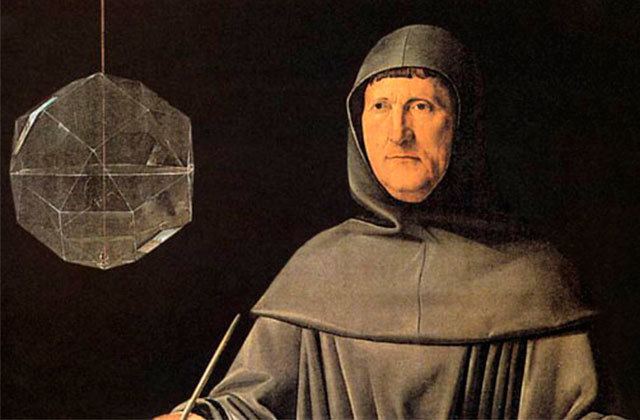
Luca pacioli
Life
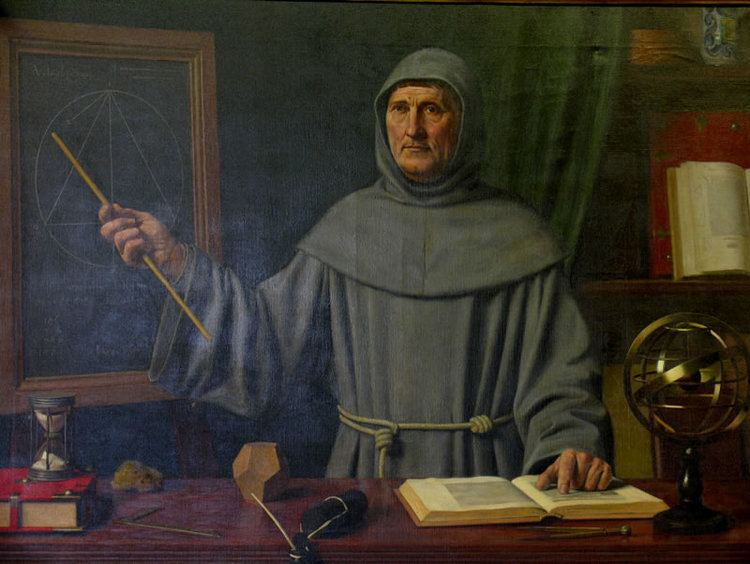
Luca Pacioli was born between 1446 and 1448 in Sansepolcro (Tuscany) where he received an abbaco education. This was education in the vernacular (i.e., the local tongue) rather than Latin and focused on the knowledge required of merchants. His father was Bartolomeo Pacioli; however, Luca Pacioli was said to have lived with the Befolci family as a child in his birth town Sansepolcro. He moved to Venice around 1464, where he continued his own education while working as a tutor to the three sons of a merchant. It was during this period that he wrote his first book, a treatise on arithmetic for the boys he was tutoring. Between 1472 and 1475, he became a Franciscan friar.
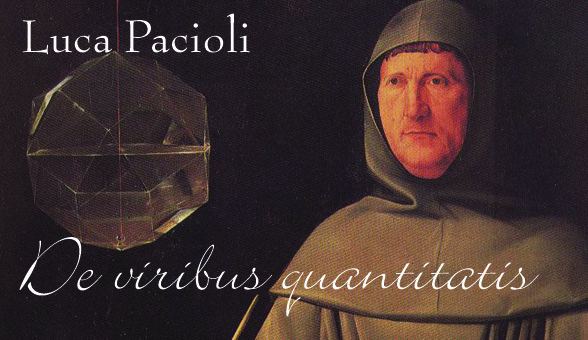
In 1475, he started teaching in Perugia, first as a private teacher, from 1477 holding the first chair in mathematics. He wrote a comprehensive textbook in the vernacular for his students. He continued to work as a private tutor of mathematics and was, in fact, instructed to stop teaching at this level in Sansepolcro in 1491. In 1494, his first book to be printed, Summa de arithmetica, geometria. Proportioni et proportionalita, was published in Venice. In 1497, he accepted an invitation from Duke Ludovico Sforza to work in Milan. There he met, taught mathematics to, collaborated and lived with Leonardo da Vinci. In 1499, Pacioli and Leonardo were forced to flee Milan when Louis XII of France seized the city and drove out their patron. Their paths appear to have finally separated around 1506. Pacioli died at about the age of 70 in 1517, most likely in Sansepolcro where it is thought that he had spent much of his final years.
Mathematics
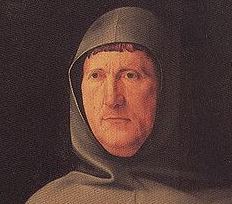
Pacioli published several works on mathematics, including:
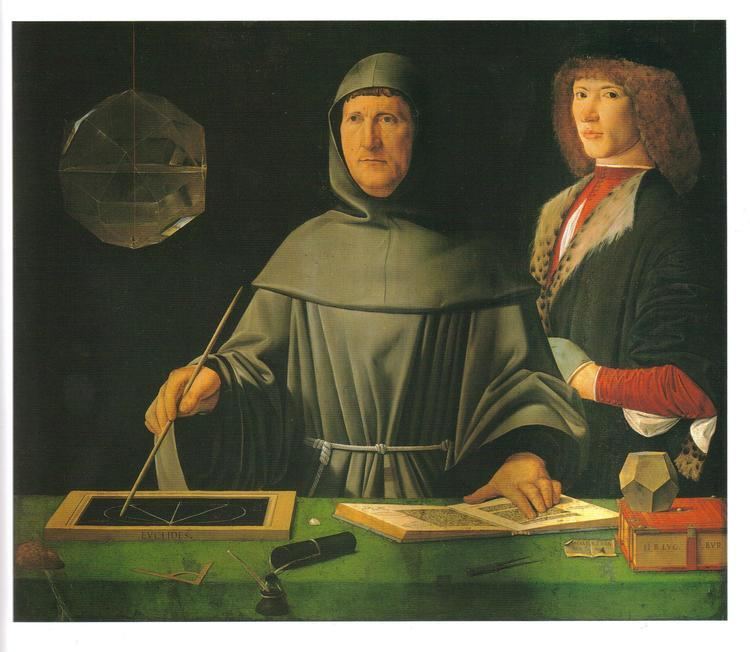
Translation of Piero della Francesca's work
The majority of the second volume of Summa de arithmetica, geometria. Proportioni et proportionalita was a slightly rewritten version of one of Piero della Francesca's works. The third volume of Pacioli's De divina proportione was an Italian translation of Piero della Francesca's Latin writings On [the] Five Regular Solids. In neither case, did Pacioli include an attribution to Piero. He was severely criticized for this and accused of plagiarism by sixteenth-century art historian and biographer Giorgio Vasari. R. Emmett Taylor (1889–1956) said that Pacioli may have had nothing to do with the translated volume De divina proportione, and that it may just have been appended to his work. However, no such defence can be presented concerning the inclusion of Piero della Francesca's material in Pacioli's Summa.
Chess
Pacioli also wrote an unpublished treatise on chess, De ludo scachorum (On the Game of Chess). Long thought to have been lost, a surviving manuscript was rediscovered in 2006, in the 22,000-volume library of Count Guglielmo Coronini. A facsimile edition of the book was published in Pacioli's home town of Sansepolcro in 2008. Based on Leonardo da Vinci's long association with the author and his having illustrated De divina proportione, some scholars speculate that Leonardo either drew the chess problems that appear in the manuscript or at least designed the chess pieces used in the problems.
